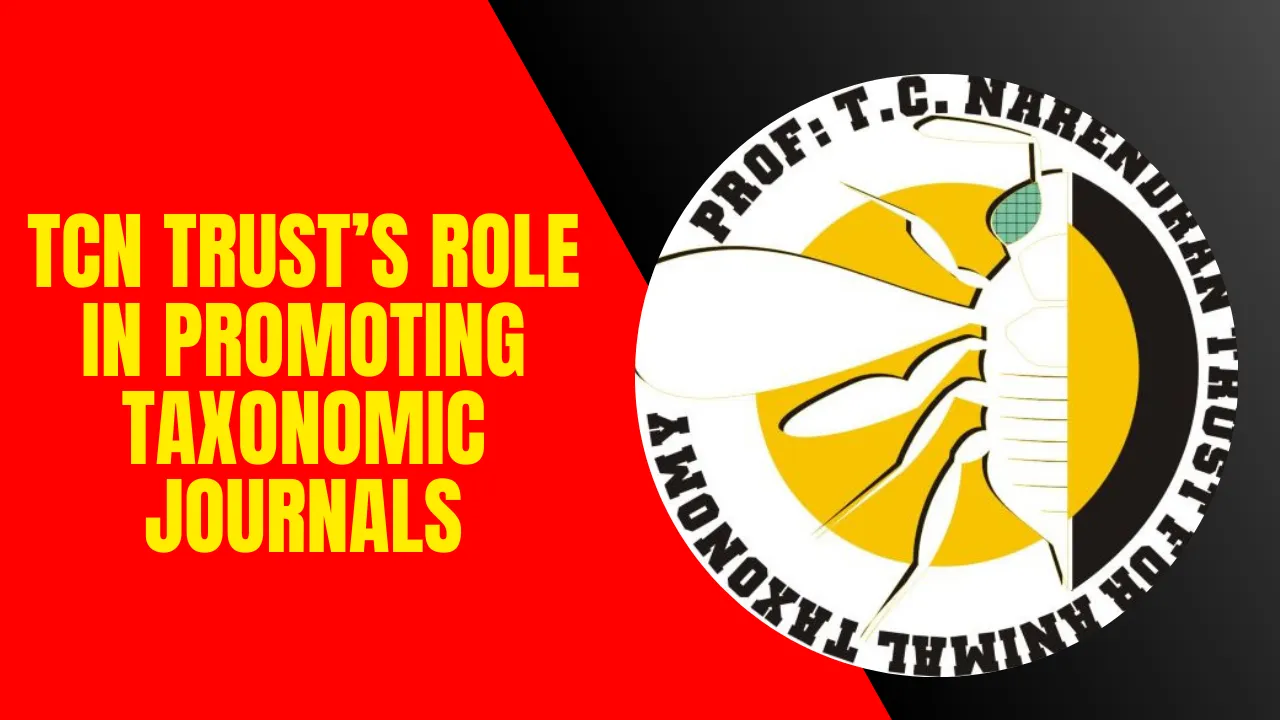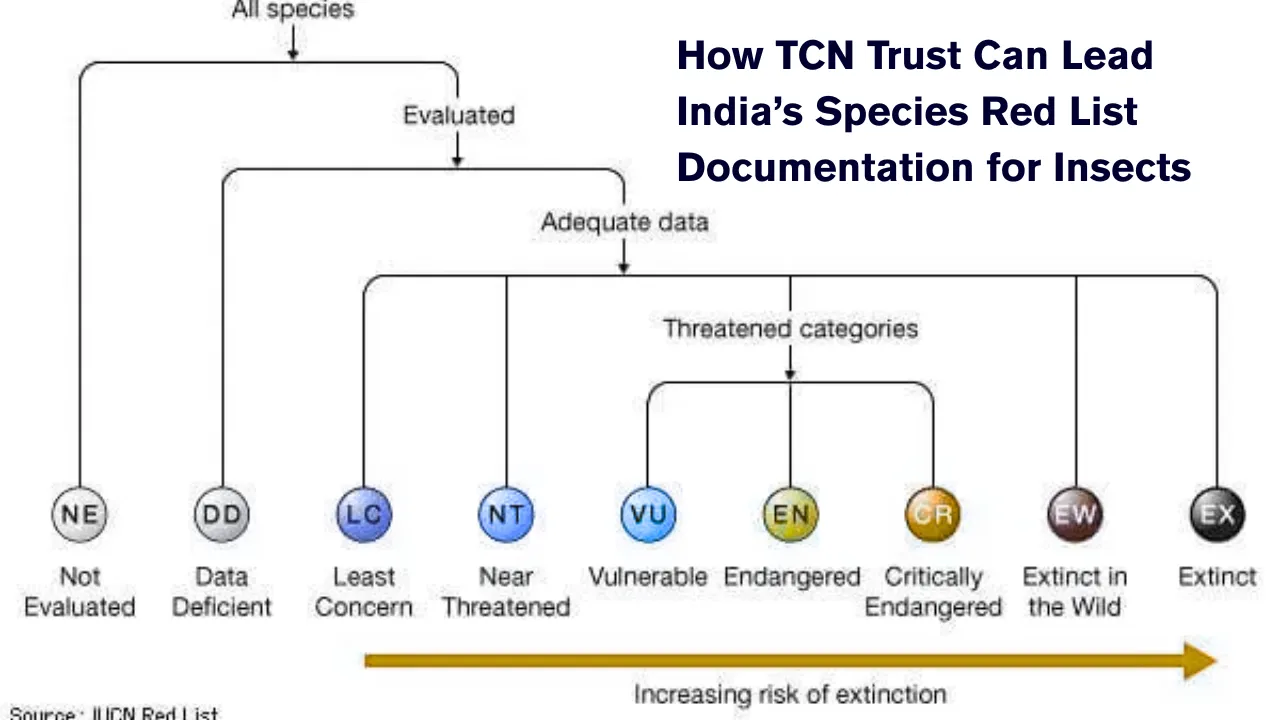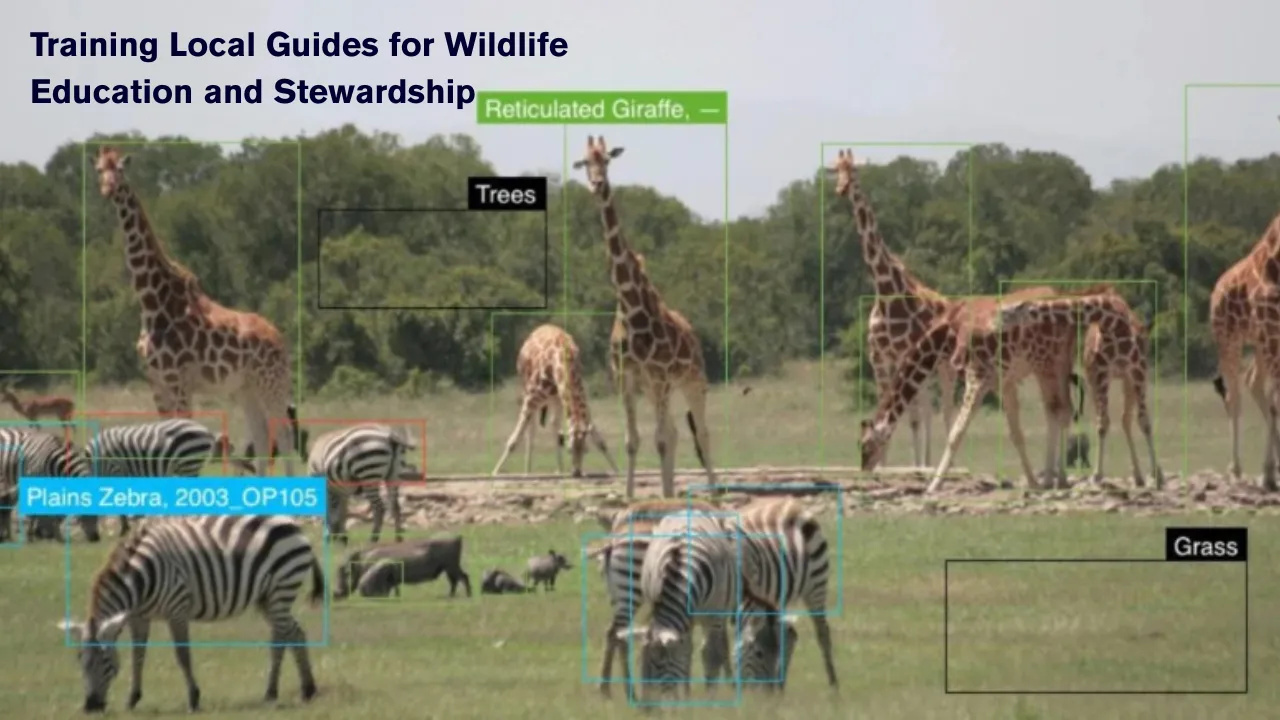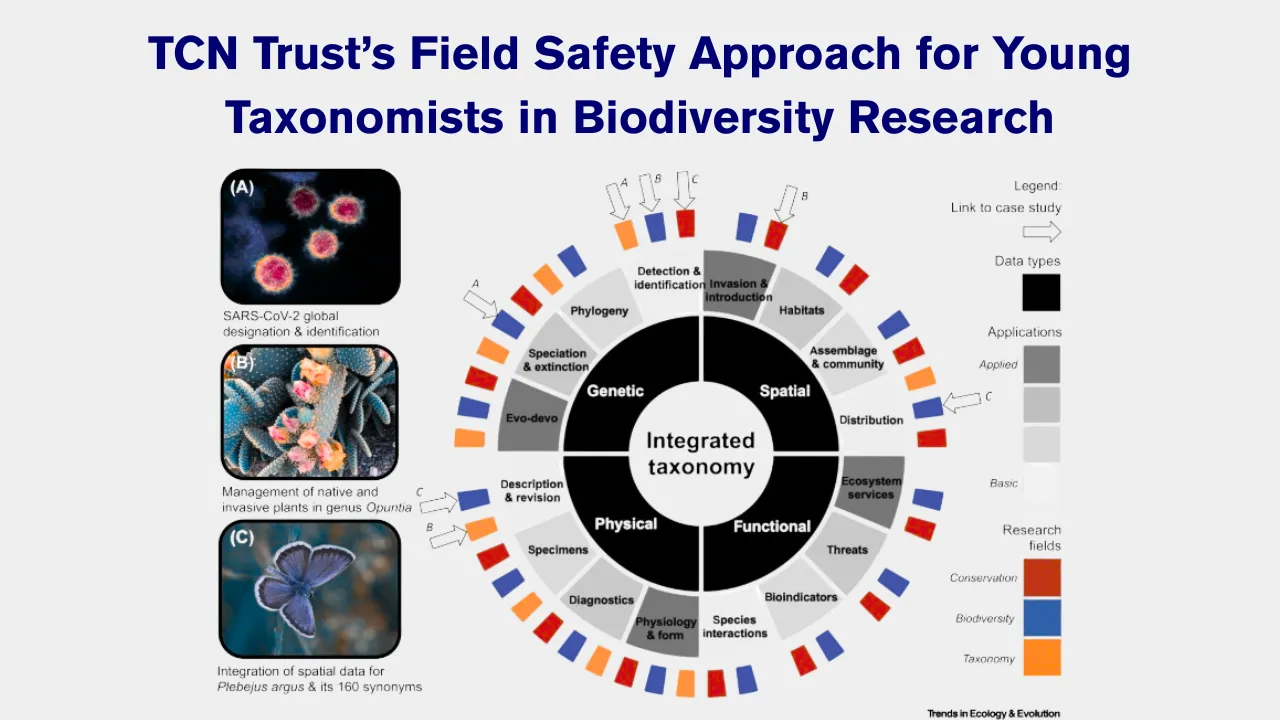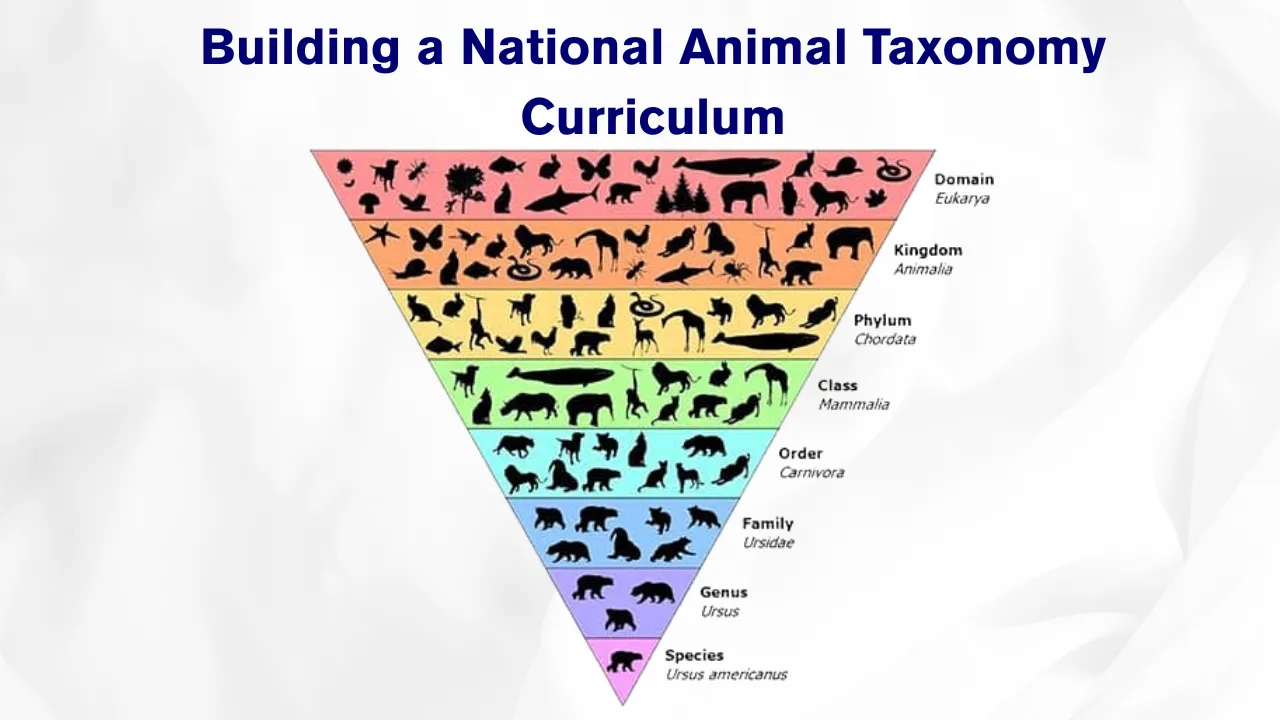TCN-sponsored journals have become a vital part of the global taxonomy landscape, offering credible platforms for researchers to share their discoveries and insights. These journals have steadily carved out a space in the academic world by prioritizing taxonomic work that often gets sidelined in broader scientific publications. For taxonomists—especially those at the start of their careers—this support from the TCN Trust is not just valuable, it’s transformative.
This article delves into how the TCN Trust has cultivated a supportive publishing environment through its sponsorship of taxonomic journals. It covers the history of these journals, their editorial goals, and the unique opportunities they create for emerging taxonomists. You’ll gain insights into how these journals contribute to research diversity, accessibility, and global scientific collaboration.
TCN-sponsored journals: A Hub for Taxonomic Research and Global Collaboration
The TCN-sponsored journals were developed to serve a growing need in the field of taxonomy—credible, accessible publishing spaces dedicated exclusively to systematics and biodiversity studies. Unlike general science journals, these are focused on promoting taxonomic clarity, naming consistency, and thorough documentation of species. Backed by the TCN Trust, they represent a thoughtful investment in the scientific community by emphasizing open-access policies, multilingual submissions, and mentoring frameworks that uplift new voices in taxonomy. These journals don’t just publish data—they foster learning, dialogue, and international collaboration among taxonomists of all levels.
Overview of Key Aspects of TCN-sponsored Journals
| Element | Description |
| Founding Purpose | To promote and preserve global taxonomic knowledge |
| Editorial Focus | Peer-reviewed, accurate species descriptions and taxonomic revisions |
| Target Audience | Early-career researchers, established taxonomists, biodiversity scientists |
| Access Model | Open access, with support for low-income contributors |
| Global Inclusivity | Emphasizes regional studies and underrepresented voices |
History of TCN-sponsored Journals
The origin of TCN-sponsored journals traces back to a simple yet powerful idea—create a sustainable and specialized space for taxonomic research. For years, taxonomy was often overshadowed by high-impact science that prioritized innovation over foundational work like species identification or nomenclature revision. TCN Trust stepped in to bridge this gap.
By establishing and funding niche journals focused solely on taxonomy, TCN gave researchers a platform where their work wouldn’t just be published—it would be valued. Over time, these journals evolved in both quality and reach. Today, they are respected repositories of regional floras, faunal surveys, and groundbreaking taxonomic revisions, and they continue to attract submissions from around the globe.
Editorial Goals and Vision
Every TCN-sponsored journal operates with a clear editorial mission: to uphold scientific integrity, inclusiveness, and accessibility. These journals are not interested in publishing the most sensational headlines. Instead, they focus on rigor, precision, and educational value. Each manuscript undergoes detailed peer review, often involving experts in specific organism groups or regional taxonomies.
The editorial boards are diverse, comprising seasoned scientists who are also passionate mentors. Their aim is to guide authors, especially early-career ones, in improving their work through constructive feedback. The editorial vision supports a collaborative rather than competitive publishing environment. This culture makes TCN journals not only credible but also uniquely nurturing.
Opportunities for Young Taxonomists
Perhaps the most transformative aspect of TCN-sponsored journals is the door they open for emerging researchers. Publishing can be a daunting task, especially for young scientists with limited institutional support or access to academic resources. TCN Trust has addressed this through several initiatives:
- Waived or reduced article processing charges for authors from underfunded regions
- Step-by-step editorial guidance during manuscript submission
- Special issues dedicated to student research or regional biodiversity
- A reviewer training program that helps young taxonomists become critical readers of scientific literature
These opportunities are game-changers. Not only do they enable young researchers to publish their findings, but they also help them build their reputation and connect with a wider scientific network.
How TCN Trust Supports Scientific Publishing
The TCN Trust’s commitment to scientific publishing is hands-on and comprehensive. Unlike many academic sponsors that only offer financial support, TCN plays an active role in shaping the vision and operation of the journals it sponsors. From providing publishing infrastructure to funding editor training workshops, the Trust is deeply embedded in the publishing process.
One important aspect is their support for language accessibility. Many taxonomists work in non-English speaking countries, and TCN journals welcome bilingual or translated submissions. This not only increases participation but also preserves valuable local knowledge. Another notable effort is the use of modern publishing tools that simplify the submission process and ensure faster turnaround times for authors.
Key Benefits of TCN-Sponsored Journals
- Global Reach: The open-access model ensures that published work can be read and cited globally.
- Support for Underrepresented Regions: Many journals highlight lesser-known ecosystems and rare species from non-Western countries.
- Academic Credibility: Peer-reviewed and indexed in recognized scientific databases.
- Mentorship-Oriented: Editors often work closely with authors to refine and elevate their work.
- Inclusive Publishing Model: Flexible submission options, including multi-language support and low-fee options.
TCN Journals as a Collaborative Hub
Beyond being publishing platforms, TCN-sponsored journals have developed into collaborative ecosystems. Special issues often focus on regional biodiversity, inviting joint contributions from multiple authors or research groups. Conferences and webinars tied to these journals offer space for researchers to present their work, get feedback, and explore new ideas.
These efforts have made the journals more than static archives of research—they are dynamic spaces where collaboration thrives. Through shared themes, editorial calls, and researcher networks, TCN journals encourage scientific dialogue and cross-border understanding of biodiversity.
Digital Tools and Accessibility
The rise of digital tools has allowed TCN-sponsored journals to remain accessible to a wider audience. Researchers can easily submit their work through intuitive platforms, track revisions, and engage with peer reviewers—all online. This is crucial for scientists in remote areas who may not have regular access to academic institutions.
In addition, all published articles are available for free download, and metadata are indexed in biodiversity databases like GBIF. Many journals also include supplementary data, images, and taxonomic keys to enhance reader engagement. These tools make TCN journals both informative and highly practical.
Encouraging Diversity in Taxonomy
One of the hallmarks of TCN-sponsored journals is their dedication to research diversity. They often feature taxonomic studies on overlooked groups such as fungi, invertebrates, or algae. By broadening the scope of what gets published, TCN journals allow for a more complete understanding of ecosystems.
Additionally, editorial boards strive to be diverse themselves—bringing in experts from various continents, cultures, and gender backgrounds. This diversity strengthens scientific review processes and ensures that a wide range of perspectives are considered in every publication.
FAQs:
1. What types of research are accepted in TCN-sponsored journals?
They primarily publish taxonomic revisions, species descriptions, checklists, and biodiversity inventories.
2. Are there fees involved in publishing?
Most journals are open access and offer fee waivers or reductions for researchers from low-income countries.
3. Do TCN journals accept student research?
Yes, they encourage early-career researchers to submit and offer mentorship through the review process.
4. Are these journals indexed in databases?
Yes, many are indexed in major scientific and biodiversity databases, increasing visibility and citation potential.
5. Can I publish in a language other than English?
Yes, some TCN-sponsored journals accept submissions in multiple languages or provide translation support.
Final Thought:
TCN-sponsored journals have redefined what taxonomic publishing can look like. With a mission rooted in access, mentorship, and scientific integrity, they offer much more than a place to publish—they offer a community. Whether you’re just beginning your research journey or you’re an experienced scientist looking to share critical biodiversity data, these journals welcome your voice. Their blend of tradition and innovation makes them not just relevant but essential to the future of taxonomy.
Have a discovery or taxonomic insight to share? Consider submitting to a TCN journal—and become part of a growing global network shaping the future of biodiversity science. Don’t forget to explore more articles, engage with other researchers, or even check your horoscope to spark your next field adventure.
